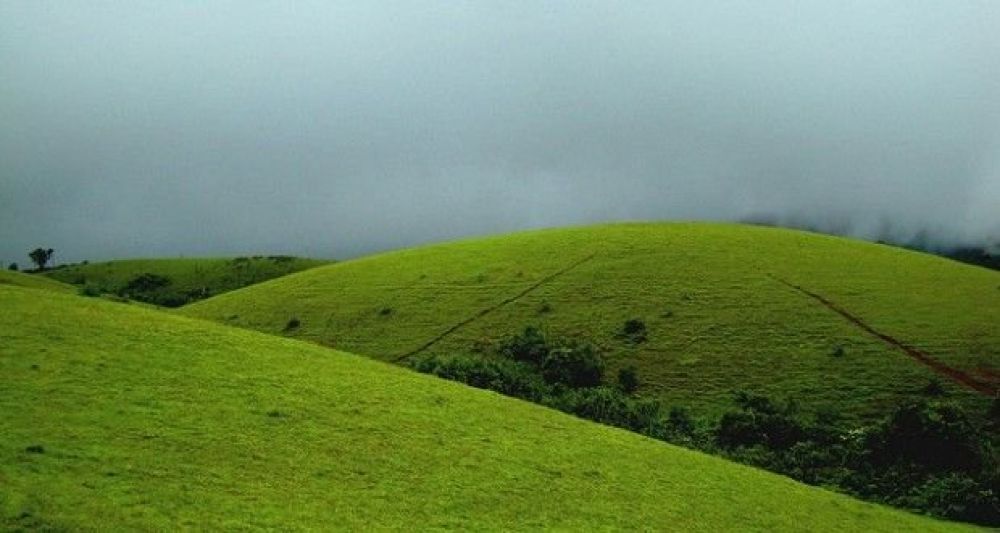

The idyllic hill station of Vagamon, located in Kerala, India, has a relatively short history in terms of modern tourism. Known for its rolling green meadows, misty hills, and cool climate, Vagamon was once an obscure destination, mostly familiar to the locals. It was primarily an agricultural land with a handful of small settlements.
However, things began to change in the latter half of the 20th century. Vagamon started to gain attention after the British colonialists discovered its potential as a summer retreat. They left behind a legacy of tea plantations, which alongside other factors, played a crucial role in putting Vagamon on the tourism map.
By the 1980s and 1990s, domestic travelers started exploring this hidden jewel of Kerala. The establishment of the Vagamon Meadows added to the charm, offering a panoramic view of the valley. Recognizing its potential, the Kerala Tourism Development Corporation (KTDC) began marketing Vagamon as a serene and unspoiled destination.
Vagamon Meadows soon became a sought-after spot for picnicking, trekking, and experiencing the tranquility of nature. The tourism sector saw steady growth as private hotels, resorts, and homestays emerged to accommodate the influx of visitors.
In recent years, Vagamon has witnessed a tourism renaissance. The meadows have become a signature attraction for those seeking a peaceful escape from the rush of urban life. Considered one of Kerala's top eco-tourism spots, Vagamon is now a favorite for both local and international tourists, seeking to immerse themselves in its pastoral landscapes and cooler climate.
Adventure tourism has taken root, with Vagamon Meadows serving as a starting point for a myriad of activities such as paragliding, mountaineering, and trekking. The meadows, with their gentle slopes, are also a preferred location for off-road events, which have surged in popularity.
Responsible tourism practices are gaining traction as the local community, government, and private stakeholders strive to maintain the ecological balance while providing a memorable experience to visitors. Sustainable initiatives such as the use of green energy, waste management, and conservation efforts have been integrated into the tourism model of Vagamon.
With the proliferation of social media, Vagamon has become a popular backdrop for photography enthusiasts and influencers. The Instagram-worthy landscapes of the meadows have contributed to a "digital word of mouth," attracting a younger demographic.
Wellness tourism is another trend that is emerging in the area, with many visitors looking to enjoy Vagamon's calming environment along with yoga, meditation, and traditional Ayurvedic treatments.
Local cultural experiences are also a significant draw, with tourists keen to delve into the unique customs, cuisines, and festivals of Kerala. Homegrown festivals like the Vagamon International Paragliding Festival have put the destination on the global map of adventure sports.
All in all, the Vagamon Meadows symbolize a serene, yet vibrant, aspect of Kerala's tourism, blending natural beauty with exciting prospects for eco-friendly and sustainable tourism development.